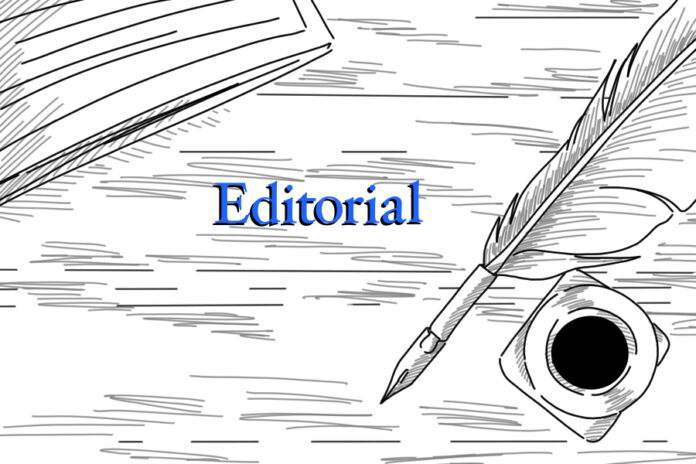The recent firing of Adjunct Professor Erika López Prater at Hamline University points to a lack of support for educators’ autonomy over their curriculum
By THE EDITORIAL BOARD
Last week, The New York Times released an article about Adjunct Professor Erika López Prater, who lost her job after showing an image of the Prophet Muhammad in her art history course at Hamline University this past fall. After giving both written and verbal warnings and explaining why she chose to include this image in her course, no students expressed concerns. But after the class, a student complained to the university’s administration, which ultimately resulted in López Prater losing her job.
The article states that this particular image is “shown regularly in art history classes,” and similar images have been displayed in the Museum of Modern Art and even the Supreme Court. Although there is a precedent for these images being publicly displayed, they have also sparked controversy in the past, which seems to indicate that the situation has a degree of nuance and warrants a conversation. The circumstances surrounding the professor’s termination could have been used as a moment for learning instead of discipline.
Freedom of speech in education has been central in the news in recent years — from Florida’s “Don’t Say Gay” Bill to the banning of various books. Many scholars have suggested that students’ (and parents’) censorship is getting in the way of quality education and hurting educators who often have good intentions. A lot of this may be explained by the lack of support for educators when controversies arise, both from students and the administration, as we can see in López Prater’s case.
That said, there are times when educators do need to be reported to administration and held accountable for their actions, but it’s important to consider these situations on a case-by-case basis. Often, they could actually be used to teach the educator how to make students feel more comfortable in class, and many times, professors will be receptive and open to learning.
Arguably, most educators are not in the field for money or prestige — both of which are sparse — but because of passion. And while this, of course, doesn’t mean they are exempt from making mistakes or behaving offensively, assuming good will of your teachers can be helpful, both for you and for them.
The discourse that has followed López Prater’s dismissal from Hamline has been divisive, even among the Muslim community. Some Muslims said that they find showing images of the Prophet Muhammad Islamophobic, while others believe that it is simply “un-Islamic” and even others say that they don’t subscribe to the image restrictions at all. But all of this nuance was lost when the university’s administration held a forum on Islamophobia in response to the event, at which they shut down questions or comments alluding to López Prater’s intentions and their legitimacy, saying it “wasn’t the time” for that conversation.
When administrators shut down discussions like this, maybe because they legitimately believe it doesn’t belong in the conversation, or, perhaps more likely, to avoid backlash on the internet, incidents like this continue to happen. And on the flip side, some educators stay on the side of caution, censoring their material because they don’t feel they can make a mistake or controversial decision, since they aren’t sure they’ll get support from their administration.
Administrations’ lack of support for their educators is a larger issue in higher education, and one we have seen here at UC Davis. When teaching assistants and other academic workers went on strike in the fall, much of students’ frustration fell on professors — whether they chose to take over grading and lecturing for their striking staff members, or chose to “not cross the picket line” in solidarity. And while students criticized professors for either putting in grades or not, holding lectures or canceling them, the administration did little to support them.
While this situation is of course very different, it seems to stem from a similar place. Students are often quick to jump on their professors when they feel they’ve made a mistake, and administrators can be slow and hesitant to support them. This is especially true for younger or adjunct professors, who are members of “higher education’s underclass of teachers, working for little pay and receiving few of the workplace protections enjoyed by tenured faculty members,” according to the article. While tenured professors aren’t likely to be removed, newer, less experienced ones seem not worth the backlash the administration would get if they defended them.
All in all, it is important to remember that our professors are just people, and for the most part, they really do want to do the right thing. In many cases, our education could be made better by having conversations about what to include in the curriculum to ensure that academia is not overly censored. Trying to assume good will of those educating you and having respect for them can go a long way toward actually learning from nuanced situations like the one at Hamline.
Written by: The Editorial Board





